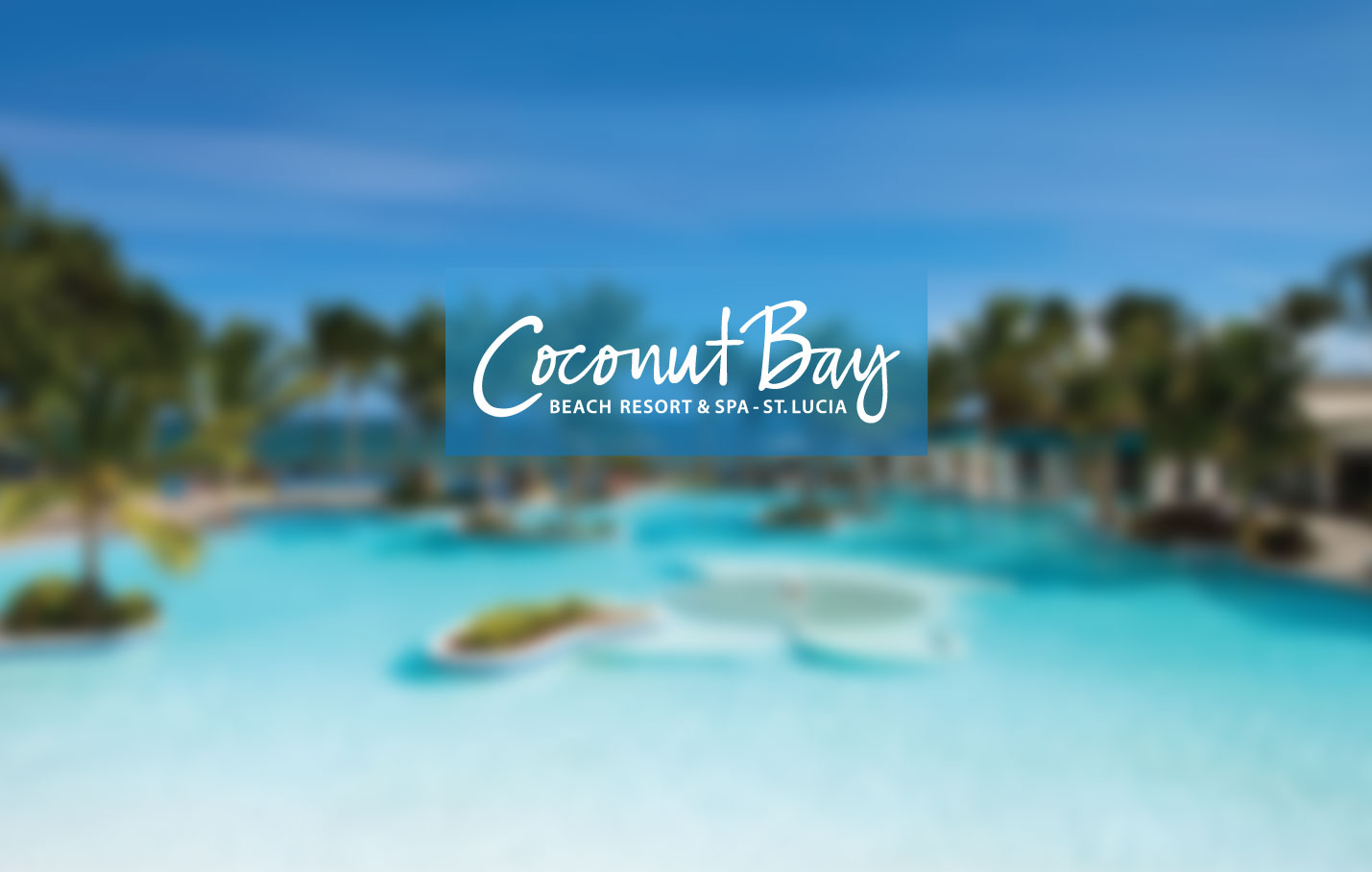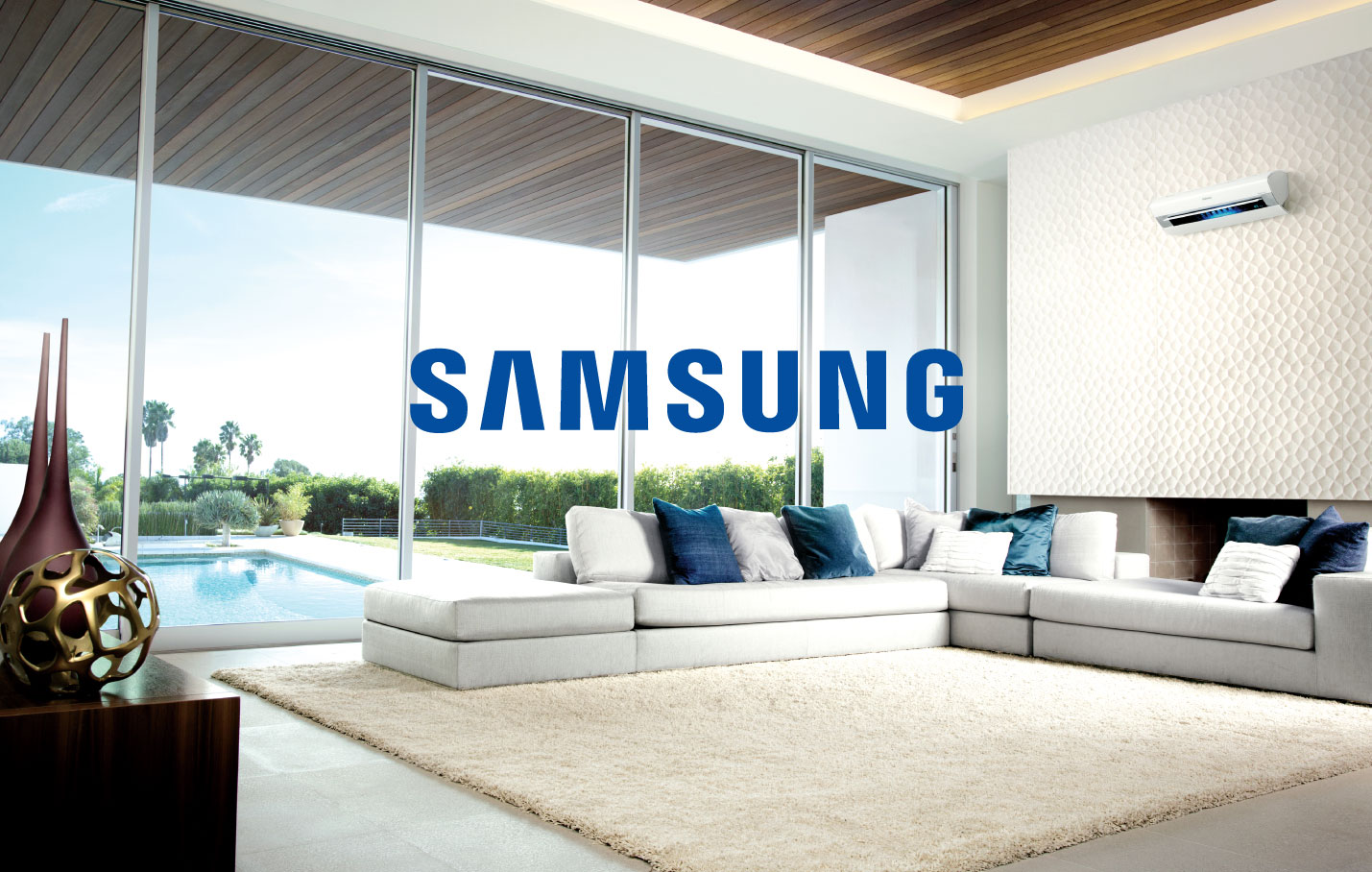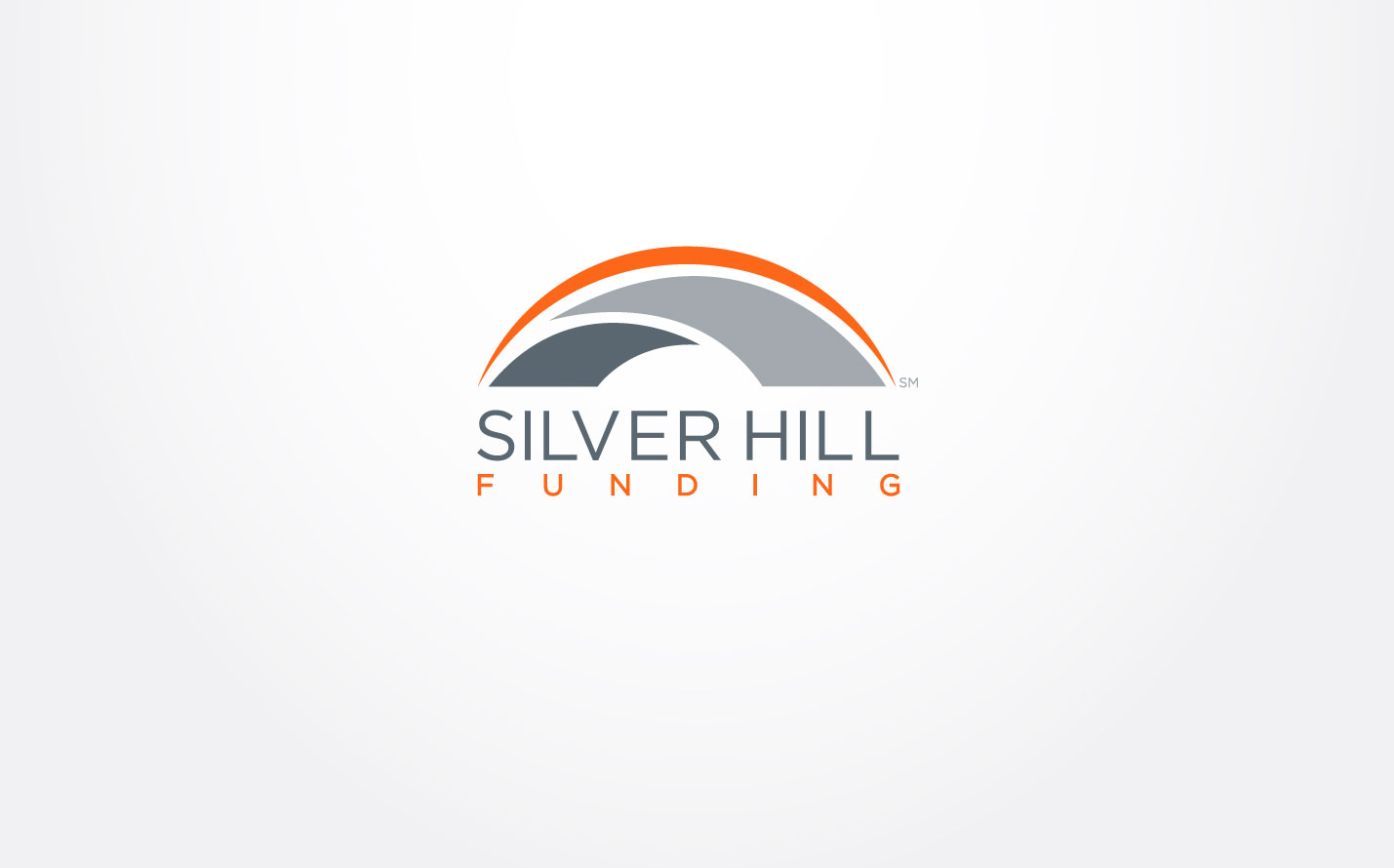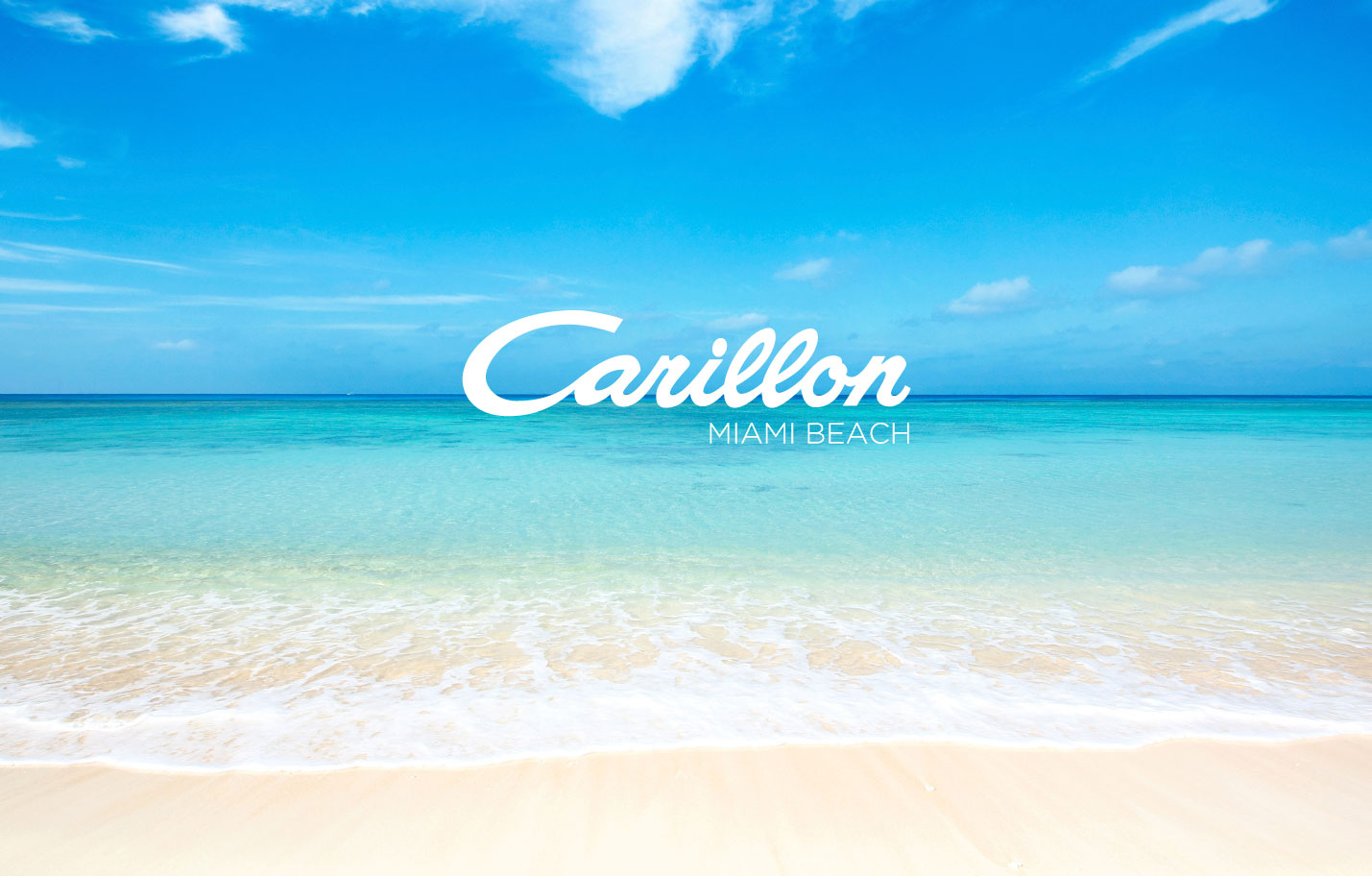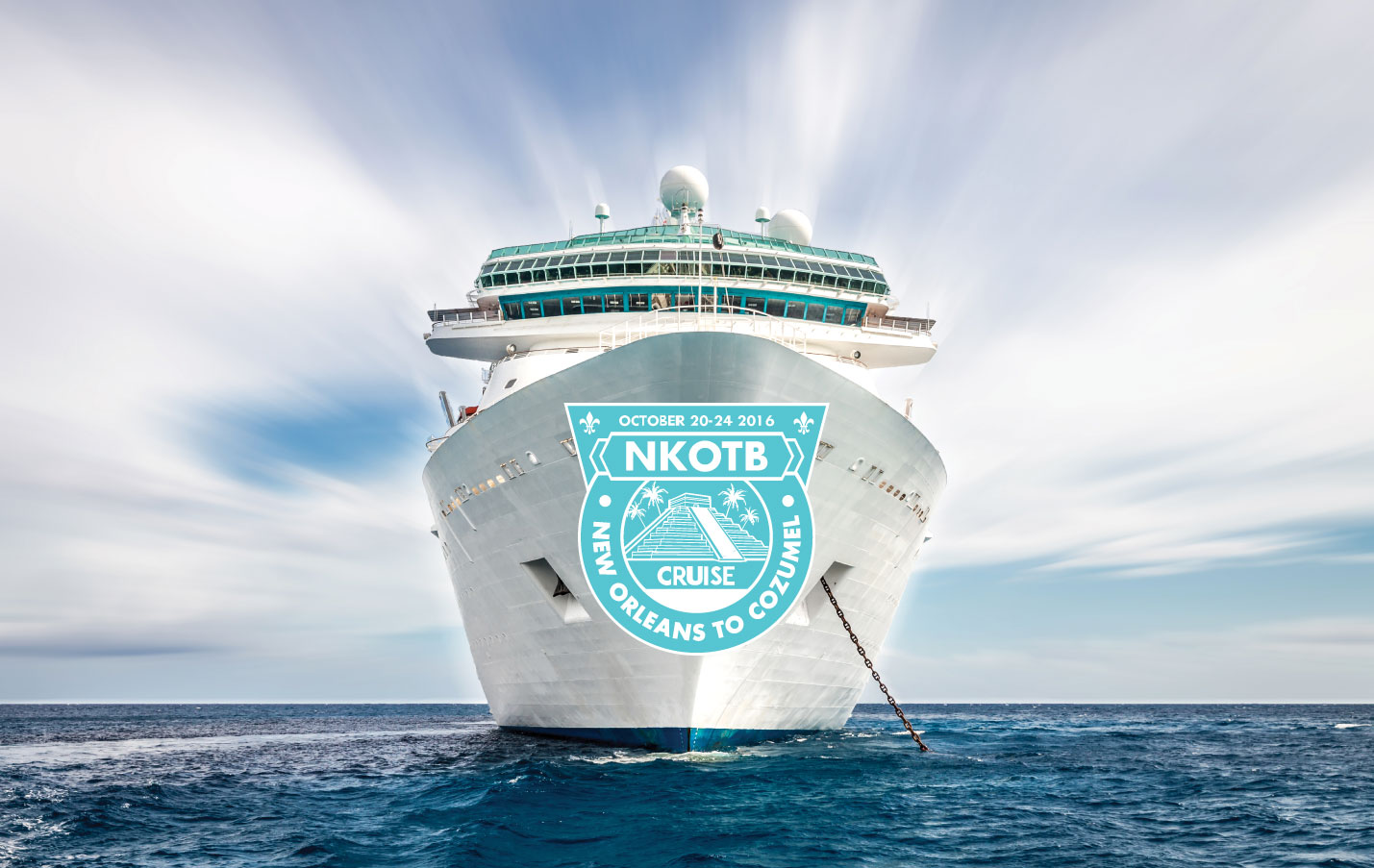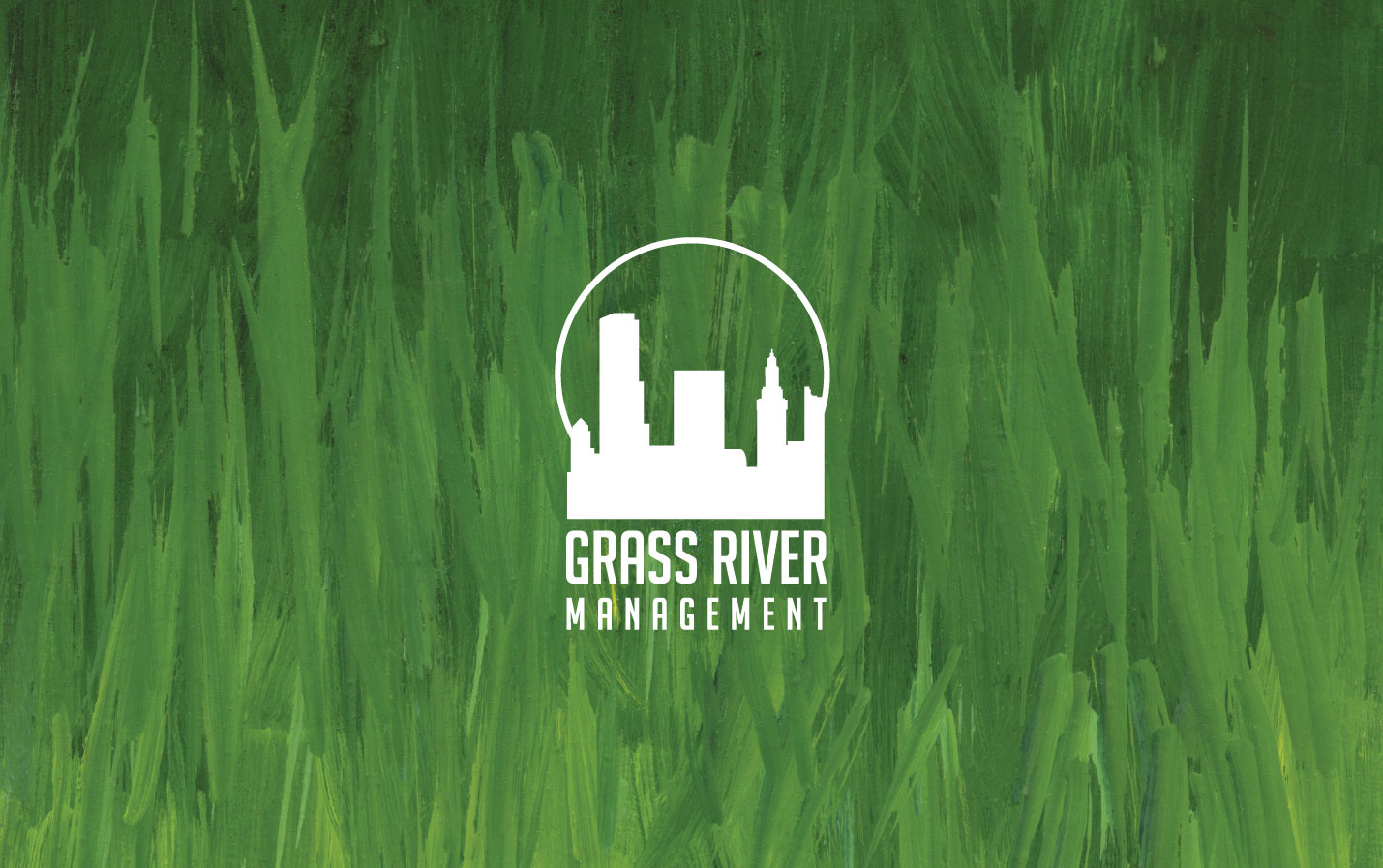What is Design?
Design is the creation of a plan or convention for the construction of an object or a system (as in architectural blueprints, engineering drawing, business process, circuit diagrams and sewing patterns). Design has different connotations in different fields (see design disciplines below). In some cases the direct construction of an object (as in pottery, engineering, management, cowboy coding and graphic design) is also considered to be design.
More formally design has been defined as follows.
(noun) a specification of an object, manifested by an agent, intended to accomplish goals, in a particular environment, using a set of primitive components, satisfying a set of requirements, subject to constraints;
(verb, transitive) to create a design, in an environment (where the designer operates)
Another definition for design is a roadmap or a strategic approach for someone to achieve a unique expectation. It defines the specifications, plans, parameters, costs, activities, processes and how and what to do within legal, political, social, environmental, safety and economic constraints in achieving that objective.
Here, a “specification” can be manifested as either a plan or a finished product, and “primitives” are the elements from which the design object is composed.
With such a broad denotation, there is no universal language or unifying institution for designers of all disciplines. This allows for many differing philosophies and approaches toward the subject (see Philosophies and studies of design, below).
The person designing is called a designer, which is also a term used for people who work professionally in one of the various design areas, usually also specifying which area is being dealt with (such as a fashion designer, concept designer or web designer). A designer’s sequence of activities is called a design process. The scientific study of design is called design science.
Designing often necessitates considering the aesthetic, functional, economic and sociopolitical dimensions of both the design object and design process. It may involve considerable research, thought, modeling, interactive adjustment, and re-design. Meanwhile, diverse kinds of objects may be designed, including clothing, graphical user interfaces, skyscrapers, corporate identities, business processes and even methods of designing.
Design as a process
Substantial disagreement exists concerning how designers in many fields, whether amateur or professional, alone or in teams, produce designs. Dorst and Dijkhuis argued that “there are many ways of describing design processes” and discussed “two basic and fundamentally different ways”, both of which have several names. The prevailing view has been called “The Rational Model”, “Technical Problem Solving” and “The Reason-Centric Perspective”. The alternative view has been called “Reflection-in-Action”, “co-evolution” and “The Action-Centric Perspective”.
The Rational Model
The Rational Model was independently developed by Simon and Pahl and Beitz. It posits that:
designers attempt to optimize a design candidate for known constraints and objectives,
the design process is plan-driven,
the design process is understood in terms of a discrete sequence of stages.
The Rational Model is based on a rationalist philosophy and underlies the Waterfall Model, Systems Development Life Cycle and much of the engineering design literature. According to the rationalist philosophy, design is informed by research and knowledge in a predictable and controlled manner. Technical rationality is at the center of the process.
Example sequence of stages
Typical stages consistent with The Rational Model include the following.
Pre-production design
Design brief or Parti pris – an early (often the beginning) statement of design goals
Analysis – analysis of current design goals
Research – investigating similar design solutions in the field or related topics
Specification – specifying requirements of a design solution for a product (product design specification)[19] or service.
Problem solving – conceptualizing and documenting design solutions
Presentation – presenting design solutions
Design during production
Development – continuation and improvement of a designed solution
Testing – in situ testing a designed solution
Post-production design feedback for future designs
Implementation – introducing the designed solution into the environment
Evaluation and conclusion – summary of process and results, including constructive criticism and suggestions for future improvements
Redesign – any or all stages in the design process repeated (with corrections made) at any time before, during, or after production
The Action-Centric Perspective is a based on an empiricist philosophy and broadly consistent with the Agile approach and amethodical development. Substantial empirical evidence supports the veracity of this perspective in describing the actions of real designers. Like the Rational Model, the Action-Centric model sees design as informed by research and knowledge. However, research and knowledge are brought into the design process through the judgment and common sense of designers – by designers “thinking on their feet” – more than through the predictable and controlled process stipulated by the Rational Model. Designers’ context-dependent experience and professional judgment take center stage more than technical rationality.
Descriptions of design activities
At least two views of design activity are consistent with the Action-Centric Perspective. Both involve three basic activities.
In the Reflection-in-Action paradigm, designers alternate between “framing,” “making moves,” and “evaluate moves.” “Framing” refers to conceptualizing the problem, i.e., defining goals and objectives. A “move” is a tentative design decision. The evaluation process may lead to further moves in the design.
In the Sensemaking-Coevolution-Implementation Framework, designers alternate between its three titular activities. Sensemaking includes both framing and evaluating moves. Implementation is the process of constructing the design object. Coevolution is “the process where the design agent simultaneously refines its mental picture of the design object based on its mental picture of the context, and vice versa.”
Design disciplines
- Logo Design
- Architecture/Outdoor Media
- Corporate Design
- Character/Game Design
- Programming Design
- Graphic Design
- Industrial Design Engineering
- Instructional Design
- Interaction Design
- Identity Design
- Landscape Architecture
- Military Design Methodology
- Product Design
- Process Design
- Service Design
- Software Design
- Web Design
- Urban design
Philosophies and studies of design
There are countless philosophies for guiding design as the design values and its accompanying aspects within modern design vary, both between different schools of thought and among practicing designers. Design philosophies are usually for determining design goals. A design goal may range from solving the least significant individual problem of the smallest element, to the most holistic influential utopian goals. Design goals are usually for guiding design. However, conflicts over immediate and minor goals may lead to questioning the purpose of design, perhaps to set better long term or ultimate goals.
Approaches to design
A design approach is a general philosophy that may or may not include a guide for specific methods. Some are to guide the overall goal of the design. Other approaches are to guide the tendencies of the designer. A combination of approaches may be used if they don’t conflict.
- Some popular approaches include:
- KISS principle, (Keep it Simple Stupid), which strives to eliminate unnecessary complications.
- There is more than one way to do it (TIMTOWTDI), a philosophy to allow multiple methods of doing the same thing.
- Use-centered design, which focuses on the goals and tasks associated with the use of the artifact, rather than focusing on the end user.
- User-centered design, which focuses on the needs, wants, and limitations of the end user of the designed artifact.
- Critical design uses designed artifacts as an embodied critique or commentary on existing values, morals, and practices in a culture.
- Transgenerational design, the practice of making products and environments compatible with those physical and sensory impairments associated with human aging and which limit major activities of daily living.
Speculative design, the speculative design process doesn’t necessarily define a specific problem to solve, but establishes a provocative starting point from which a design process emerges. The result is an evolution of fluctuating iteration and reflection using designed objects to provoke questions and stimulate discussion in academic and research settings
Methods of designing
Design Methods is a broad area that focuses on:
Exploring possibilities and constraints by focusing critical thinking skills to research and define problem spaces for existing products or services—or the creation of new categories;
Redefining the specifications of design solutions which can lead to better guidelines for traditional design activities (graphic, industrial, architectural, etc.);
Managing the process of exploring, defining, creating artifacts continually over time
Prototyping possible scenarios, or solutions that incrementally or significantly improve the inherited situation
Trendspotting; understanding the trend process.
More details on Design can be found here: http://en.wikipedia.org/wiki/Design
work
Here is a modest sampling of our creative.
(We know this is one of the main reasons you visited us).
We Truly are a FULL Service Advertising Agency that specializes in Design, Branding & Marketing
We offer our expertise in all aspects of advertising
Though our advertising, marketing and design services are expansive and cover a lot of ground within this industry, the professionals at Figment Design (Coconut Grove), Miami Advertising Agency have been working in their respective fields for many years successfully and can easily navigate our clients/partners through the various aspects of the advertising / marketing / design process.
We offer our advertising, marketing and design expertise in all aspects of advertising including: graphic design, web design, website development, wordpress development, wordpress design, online advertising, web marketing, full service printing, direct mail, brochures, fulfillment and distribution. Additionally, we proudly offer photography, aerial photography & video, media planning and buying, promotional items, vehicle wraps and trade-show displays. With an industry that is always changing and making technological advances, additional services are being added every day in order to better service our clients and their advertising, marketing and design needs.



